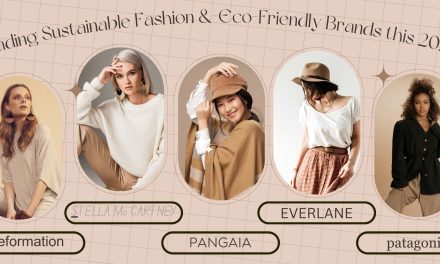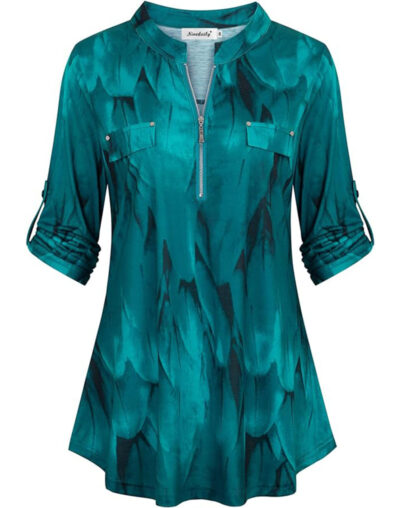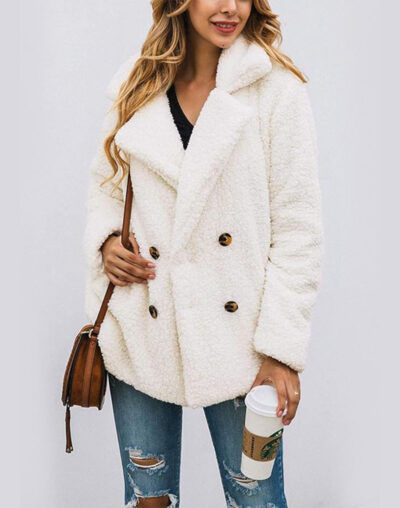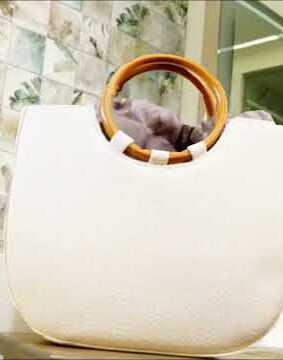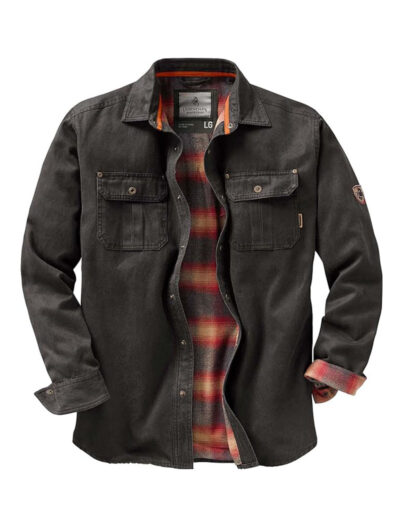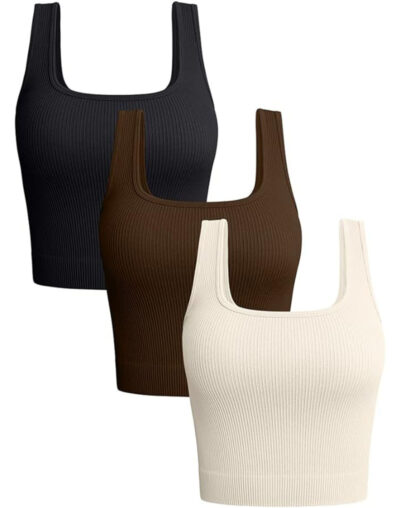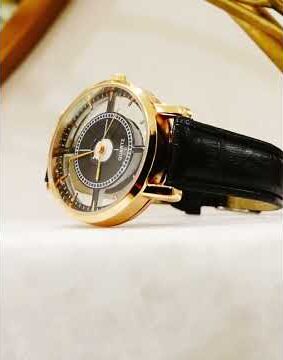In a world where fast fashion dominates and trends cycle faster than seasons, thrift shopping offers something refreshing: authenticity, sustainability, and a real connection to creativity. It’s not just about scoring a vintage leather jacket or a pair of perfectly worn-in jeans. Rather, it’s about choosing intention over impulse.
When you shop secondhand, you’re doing more than giving a garment a second life. You’re often supporting small businesses and independent designers who pour their passion into curating, upcycling, and redefining what fashion can be.
Thrift Stores: The Frontlines of Local Fashion
Many local thrift boutiques are owned and run by small business owners or creative collectives. These aren’t just shops—they’re curated experiences. Every rack tells a story. The pieces have been hand-selected, cleaned, sometimes even repaired or redesigned. Behind the scenes are entrepreneurs, stylists, and designers who care deeply about fashion, community, and sustainability.
By choosing to buy from these thrift stores, you are directly investing in your local creative economy. You’re enabling someone to keep their doors open, continue hiring locally, and keep their dreams alive.
Where Sustainability Meets Originality
Independent designers often use thrift shopping as a springboard for their work. They seek out forgotten garments, deconstruct them, and reimagine them into something entirely new. This process—known as upcycling—celebrates both sustainability and artistry. Each piece is a labor of love, transformed from castoff to couture.
When you choose upcycled fashion, you’re not just adding a bold piece to your wardrobe—you’re making a statement. A statement about the kind of world you want to live in. One where fashion doesn’t come at the cost of the planet. One where every garment has a past, and every purchase shapes the future.
More Than Just Clothes—It’s a Movement
Thrift shopping creates a chain reaction of impact. It reduces landfill waste, curbs the demand for resource-intensive manufacturing. Plus, it democratizes fashion, allowing people from all walks of life to express themselves without needing deep pockets.
But more than that, it’s a way to participate in something bigger. A cultural shift. A quiet revolution where creativity, not consumption, defines style.
And along the way, you connect with people—shop owners, designers, stylists—who have turned their passions into livelihoods. You become part of their story.
Conclusion
Supporting small businesses and independent designers through thrift shopping isn’t just a trendy choice—it’s a meaningful one. It’s a way to align your wardrobe with your values, to make fashion personal again. You get pieces with soul. Stories in the seams. And the knowledge that your choices are making a difference.
What’s the most unique thrifted or upcycled item you’ve ever found—and what story did it tell you? Let’s talk creativity, sustainability, and the joy of conscious style at You’re In Style!



